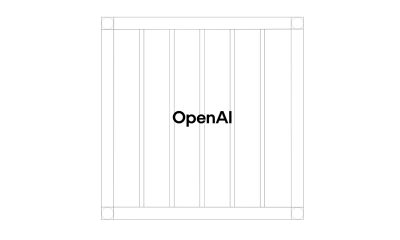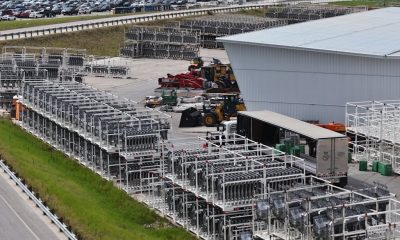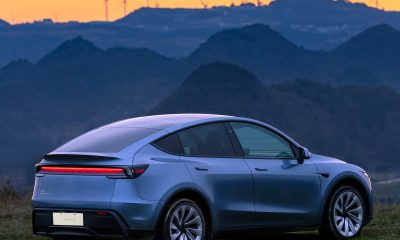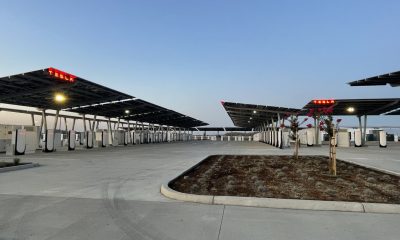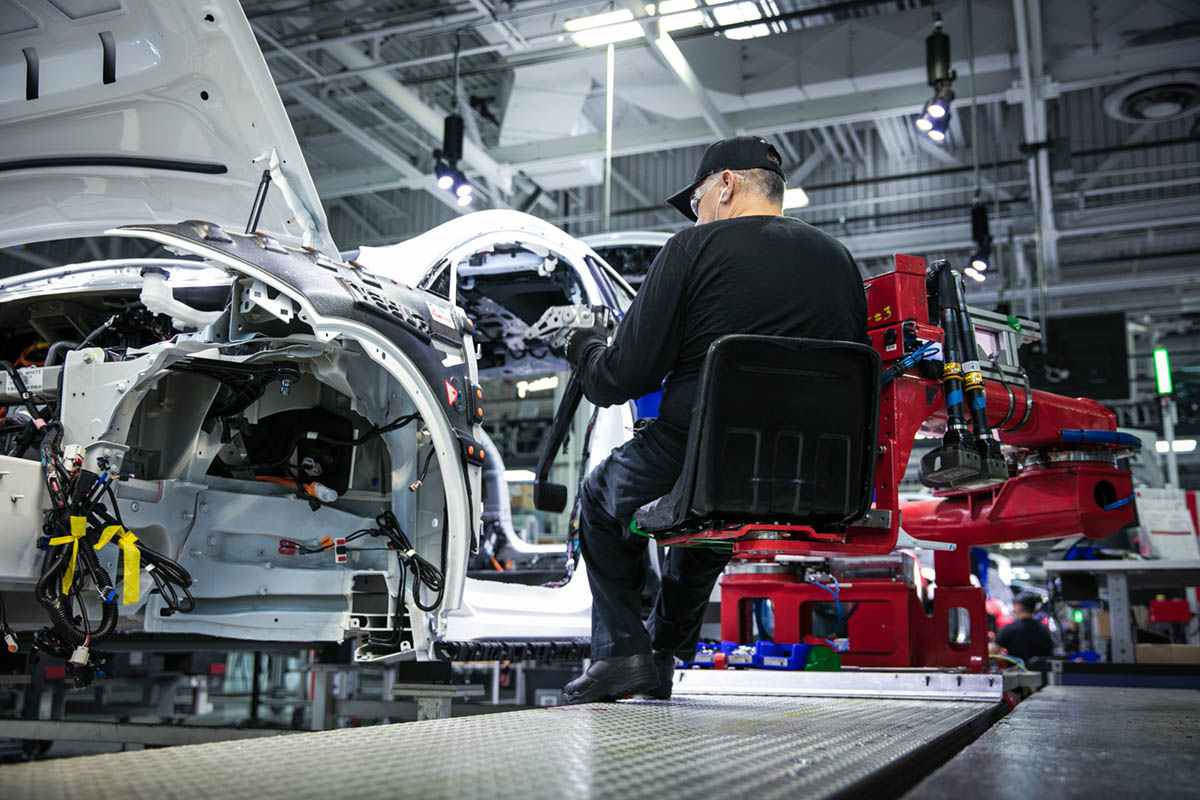

News
Tesla shares updates on workplace safety, CAL-OSHA investigation results
During the recently-held third quarter earnings call, CEO Elon Musk and VP for Environmental, Health and Safety (EHS) Laurie Shelby briefly discussed the safety initiatives that the company has implemented to keep its factory workers as safe as possible. In one of her remarks, the VP of EHS noted that it is an exciting time for Tesla today, as the company is making the “safest cars made by the safest people.”
In a recent blog post on Tesla’s official website, Laurie Shelby elaborated further on the company’s safety programs that were rolled out over the past year. Since joining Tesla back in October 2017, Shelby stated that her EHS team had grown to 250 employees, including 35 EHS staff in the Fremont factory alone. Several programs, some of which were teased during the earnings call, have also been started as part of Tesla’s pursuit of becoming the safest car factory on the market.
Back in June, for example, Tesla the started transitioning to a new occupational health clinic in the Fremont factory. These clinics are overseen by a leading California orthopedic surgeon specializing in the diagnosis and treatment of musculoskeletal injuries, which comprise around 85-90% of injuries in Tesla’s facilities. Shelby pointed out in her update that prior to its current system, Fremont’s health facility provided a lineup of services that was primarily focused on triage and first aid. With the newly rolled out clinic, Tesla’s workers can receive on-site, specialized care from full-time physicians who can provide medical assessments and immediate diagnosis.
As part of Tesla’s Early Symptom Intervention program, the company has also begun sending professional athletic trainers on the factory lines to identify potential injuries before they occur. These trainers are tasked with offering on-site evaluations and suggestions for improved ergonomic safety. So far, trainers have conducted more than 6,000 consultations with Tesla employees from the General Assembly, Seats, and Production Control lines, to name a few.
Perhaps most notable in the EHS VP’s update, though, was additional information on the CAL-OSHA investigation that was conducted earlier this year. Back in April, an expose by news agency Reveal based on accounts from alleged insiders and previous workers at Tesla accused the company of intentionally misreporting its injury rates. The expose blamed much of Tesla’s alleged safety problems on Elon Musk himself. At one point, for example, the publication noted that Tesla didn’t have enough hazard markings on the factory floor because “Elon does not like the color yellow.” Tesla promptly fired back, strongly denying the allegations in the report. A CAL-OSHA investigation into Tesla’s alleged malpractice eventually followed.
During the third quarter earnings call, Laurie Shelby noted that the CAL-OSHA investigation lasted four months, and the organization found no misreporting on Tesla’s part.
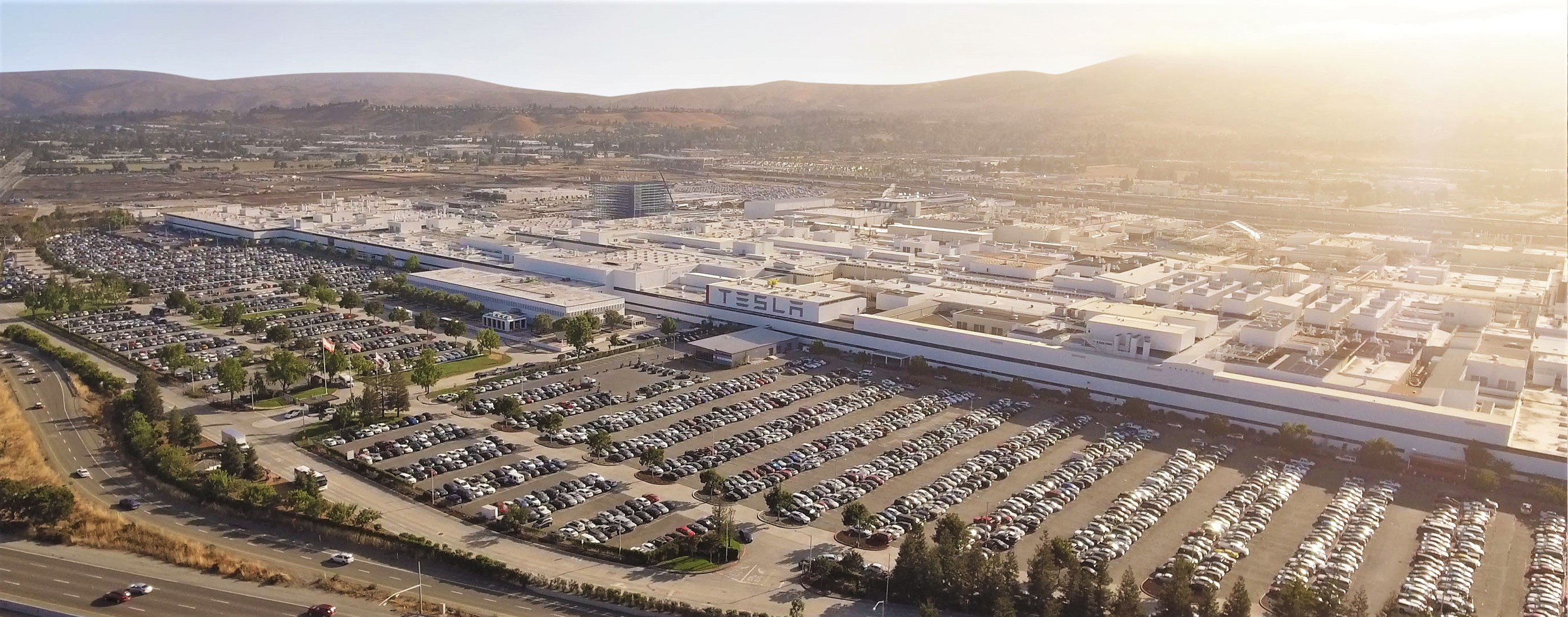
“The company here had a 4-month long Cal-OSHA investigation. And it basically proves that we are recording properly and doing as we should be. So it’s much different than what you would read about in the press,” she said.
In her safety update, Shelby added that after an extensive review of Tesla’s legally mandated records, injury logs, and safety policies, CAL-OSHA identified only two minor issues. One was an extension cord connected to a fan that created a potential trip hazard, and another was a date of injury that was incorrectly logged. Tesla promptly addressed the extension cord issue, while the incorrectly logged date of injury was immediately clarified and confirmed by a medical provider.
In true Tesla fashion, the company has ambitious goals when it comes to the safety of its employees. Earlier this year, for one, Shelby wrote a post announcing the company’s target of becoming the safest car factory in the world. The VP for EHS noted then that ultimately, workplace safety comes down to a combination of common sense, a culture that values safety, and a series of proactive preventive measures. If her recent update is any indication, it appears that over the past year, Tesla has started to make progress on all three fronts.
The full text of Tesla VP for EHS Laurie Shelby’s entire update could be accessed here.
News
These Tesla, X, and xAI engineers were just poached by OpenAI
The news is the latest in an ongoing feud between Elon Musk and the Sam Altman-run firm OpenAI.
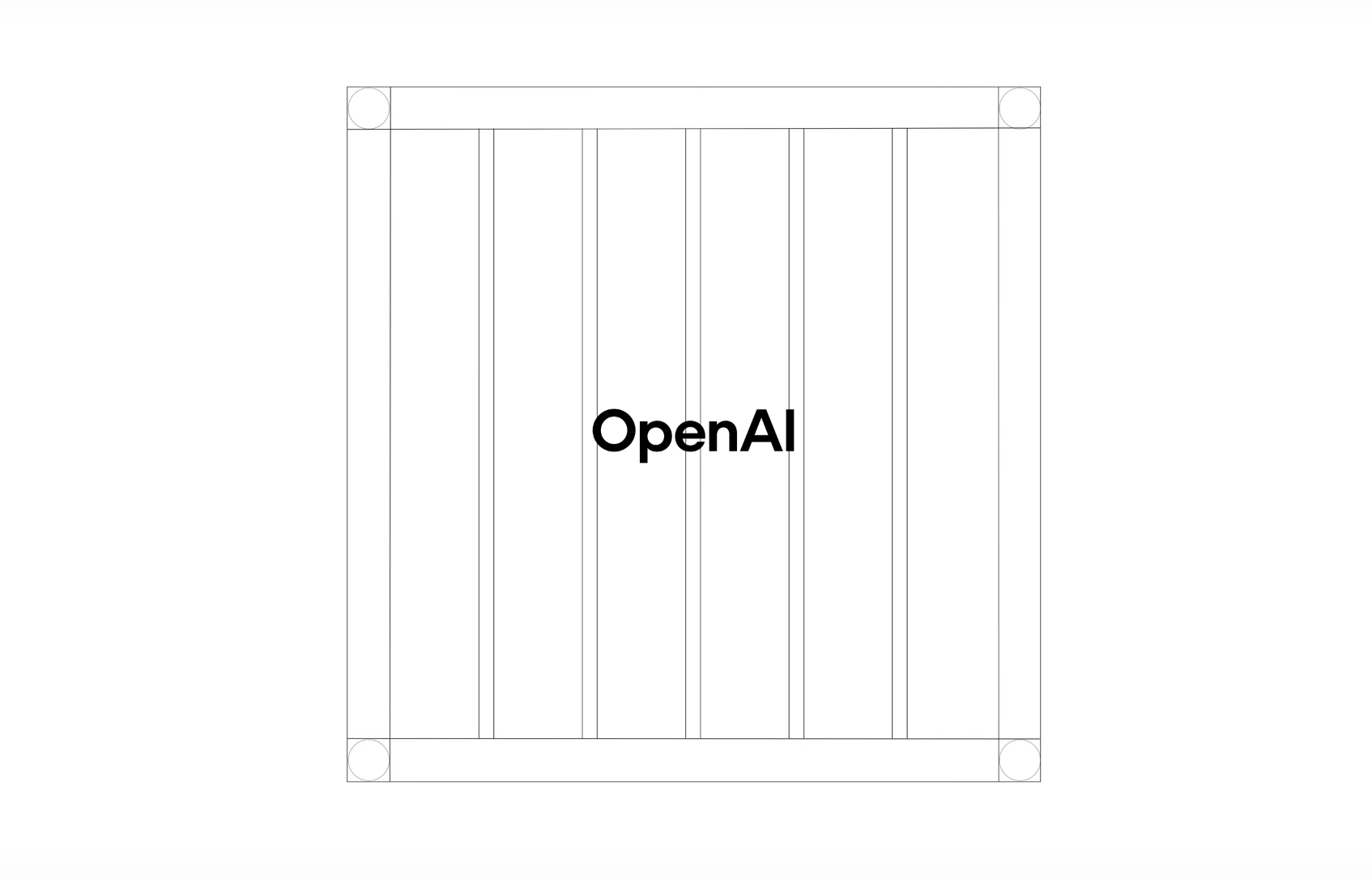
OpenAI, the xAI competitor for which Elon Musk previously served as a boardmember and helped to co-found, has reportedly poached high-level engineers from Tesla, along with others from xAI, X, and still others.
On Tuesday, Wired reported that OpenAI hired four high-level engineers from Tesla, xAI, and X, as seen in an internal Slack message sent by co-founder Greg Brockman. The engineers include Tesla Vice President of Software Engineering David Lau, X and xAI’s head of infrastructure engineering Uday Ruddarraju, and fellow xAI infrastructure engineer Mike Dalton. The hiring spree also included Angela Fan, an AI researcher from Meta.
“We’re excited to welcome these new members to our scaling team,” said Hannah Wong, an OpenAI spokesperson. “Our approach is to continue building and bringing together world-class infrastructure, research, and product teams to accelerate our mission and deliver the benefits of AI to hundreds of millions of people.”
Lau has been in his position as Tesla’s VP of Software Engineering since 2017, after previously working for the company’s firmware, platforms, and system integration divisions.
“It has become incredibly clear to me that accelerating progress towards safe, well-aligned artificial general intelligence is the most rewarding mission I could imagine for the next chapter of my career,” Lau said in a statement to Wired.
🚨Optimistic projections point to xAI possibly attaining profitability by 2027, according to Bloomberg's sources.
If accurate, this would be quite a feat for xAI. OpenAI, its biggest rival, is still looking at 2029 as the year it could become cash flow positive.💰 https://t.co/pE5Z9daez8
— TESLARATI (@Teslarati) June 18, 2025
READ MORE ON OPENAI: Elon Musk’s OpenAI lawsuit clears hurdle as trial looms
At xAI, Ruddarraju and Dalton both played a large role in developing the Colossus supercomputer, which is comprised of over 200,000 GPUs. One of the major ongoing projects at OpenAI is the company’s Stargate program,
“Infrastructure is where research meets reality, and OpenAI has already demonstrated this successfully,” Ruddarraju told Wired in another statement. “Stargate, in particular, is an infrastructure moonshot that perfectly matches the ambitious, systems-level challenges I love taking on.”
Elon Musk is currently in the process of suing OpenAI for shifting toward a for-profit model, as well as for accepting an investment of billions of dollars from Microsoft. OpenAI retaliated with a counterlawsuit, in which it alleges that Musk is interfering with the company’s business and engaging in unfair competition practices.
Elon Musk confirms Grok 4 launch on July 9 with livestream event
News
SpaceX share sale expected to back $400 billion valuation
The new SpaceX valuation would represent yet another record-high as far as privately-held companies in the U.S. go.
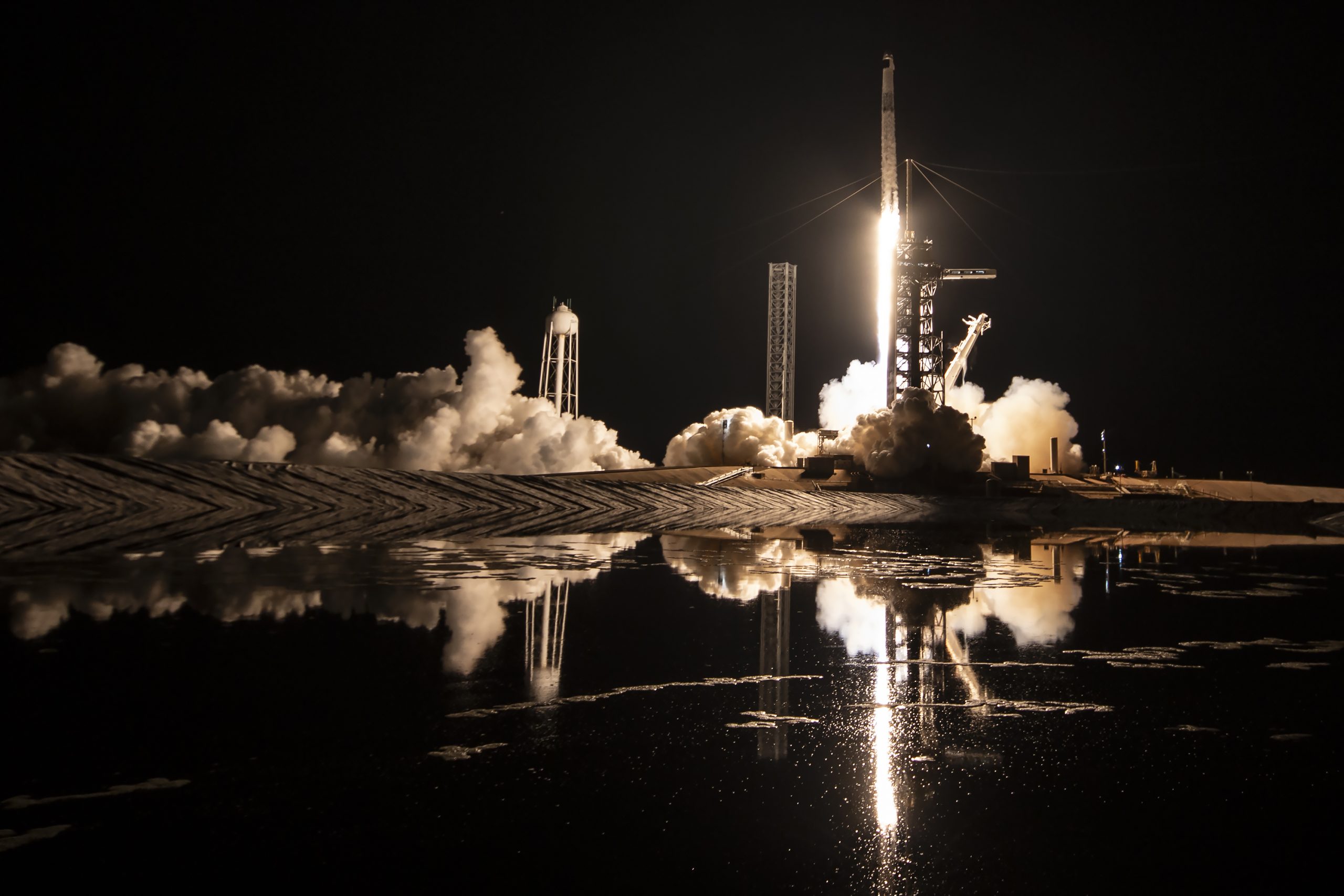
A new report this week suggests that Elon Musk-led rocket company SpaceX is considering an insider share sale that would value the company at $400 billion.
SpaceX is set to launch a primary fundraising round and sell a small number of new shares to investors, according to the report from Bloomberg, which cited people familiar with the matter who asked to remain anonymous due to the information not yet being public. Additionally, the company would sell shares from employees and early investors in a follow-up round, while the primary round would determine the price for the secondary round.
The valuation would represent the largest in history from a privately-owned company in the U.S., surpassing SpaceX’s previous record of $350 billion after a share buyback in December. Rivaling company valuations include ByteDance, the parent company of TikTok, as well as OpenAI.
Bloomberg went on to say that a SpaceX representative didn’t respond to a request for comment at the time of publishing. The publication also notes that the details of such a deal could still change, especially depending on interest from the insider sellers and share buyers.
Axiom’s Ax-4 astronauts arriving to the ISS! https://t.co/WQtTODaYfj
— TESLARATI (@Teslarati) June 26, 2025
READ MORE ON SPACEX: SpaceX to decommission Dragon spacecraft in response to Pres. Trump war of words with Elon Musk
SpaceX’s valuation comes from a few different key factors, especially including the continued expansion of the company’s Starlink satellite internet company. According to the report, Starlink accounts for over half of the company’s yearly revenue. Meanwhile, the company produced its 10 millionth Starlink kit last month.
The company also continues to develop its Starship reusable rocket program, despite the company experiencing an explosion of the rocket on the test stand in Texas last month.
The company has also launched payloads for a number of companies and government contracts. In recent weeks, SpaceX launched Axiom’s Ax-4 mission, sending four astronauts to the International Space Station (ISS) for a 14-day stay to work on around 60 scientific experiments. The mission was launched using the SpaceX Falcon 9 rocket and a new Crew Dragon capsule, while the research is expected to span a range of fields including biology, material and physical sciences, and demonstrations of specialized technology.
News
Tesla Giga Texas continues to pile up with Cybercab castings
Tesla sure is gathering a lot of Cybercab components around the Giga Texas complex.
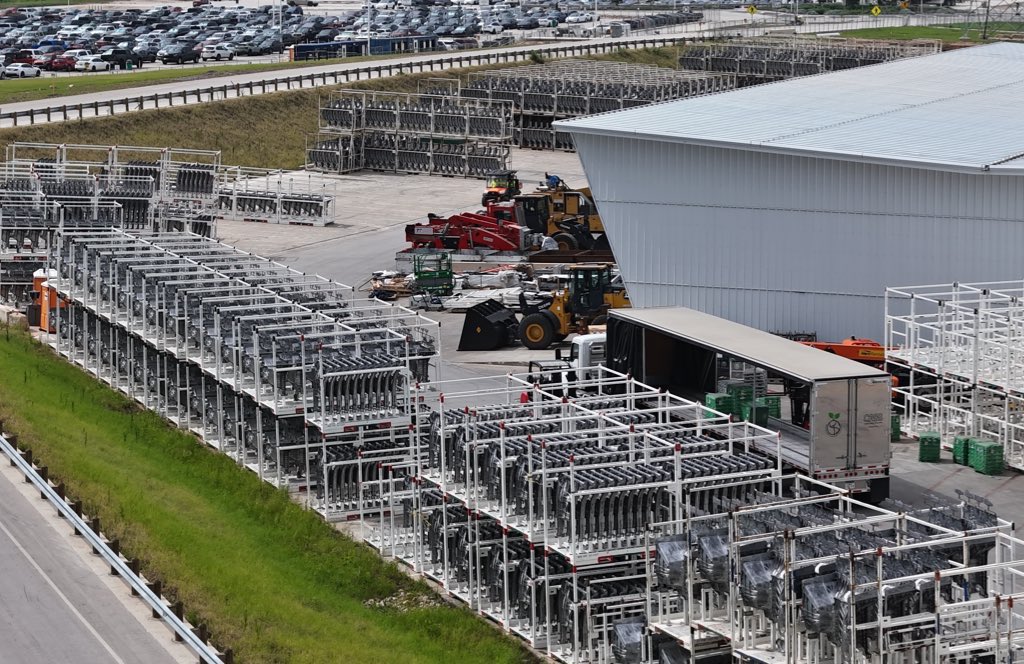
Tesla may be extremely tight-lipped about the new affordable models that it was expected to start producing in the first half of the year, but the company sure is gathering a lot of Cybercab castings around the Giga Texas complex. This is, at least, as per recent images taken of the facility.
Cybercab castings galore
As per longtime drone operator Joe Tegtmeyer, who has been chronicling the developments around the Giga Texas complex for several years now, the electric vehicle maker seems to be gathering hundreds of Cybercab castings around the factory.
Based on observations from industry watchers, the drone operator appears to have captured images of about 180 front and 180 rear Cybercab castings in his recent photos.
Considering the number of castings that were spotted around Giga Texas, it would appear that Tesla may indeed be preparing for the vehicle’s start of trial production sometime later this year. Interestingly enough, large numbers of Cybercab castings have been spotted around the Giga Texas complex in the past few months.
Cybercab production
The Cybercab is expected to be Tesla’s first vehicle that will adopt the company’s “unboxed” process. As per Tesla’s previous update letters, volume production of the Cybercab should start in 2026. So far, prototypes of the Cybercab have been spotted testing around Giga Texas, and expectations are high that the vehicle’s initial trial production should start this year.
With the start of Tesla’s dedicated Robotaxi service around Austin, it might only be a matter of time before the Cybercab starts being tested on public roads as well. When this happens, it would be very difficult to deny the fact that Tesla really does have a safe, working autonomous driving system, and it has the perfect vehicle for it, too.
-

 Elon Musk1 week ago
Elon Musk1 week agoTesla investors will be shocked by Jim Cramer’s latest assessment
-

 News2 weeks ago
News2 weeks agoTesla Robotaxi’s biggest challenge seems to be this one thing
-

 Elon Musk1 day ago
Elon Musk1 day agoElon Musk confirms Grok 4 launch on July 9 with livestream event
-

 News2 weeks ago
News2 weeks agoWatch the first true Tesla Robotaxi intervention by safety monitor
-

 News5 days ago
News5 days agoTesla Model 3 ranks as the safest new car in Europe for 2025, per Euro NCAP tests
-

 Elon Musk2 weeks ago
Elon Musk2 weeks agoA Tesla just delivered itself to a customer autonomously, Elon Musk confirms
-

 Elon Musk2 weeks ago
Elon Musk2 weeks agoxAI welcomes Memphis pollution results, environmental groups push back
-

 Elon Musk2 weeks ago
Elon Musk2 weeks agoElon Musk confirms Tesla Optimus V3 already uses Grok voice AI


